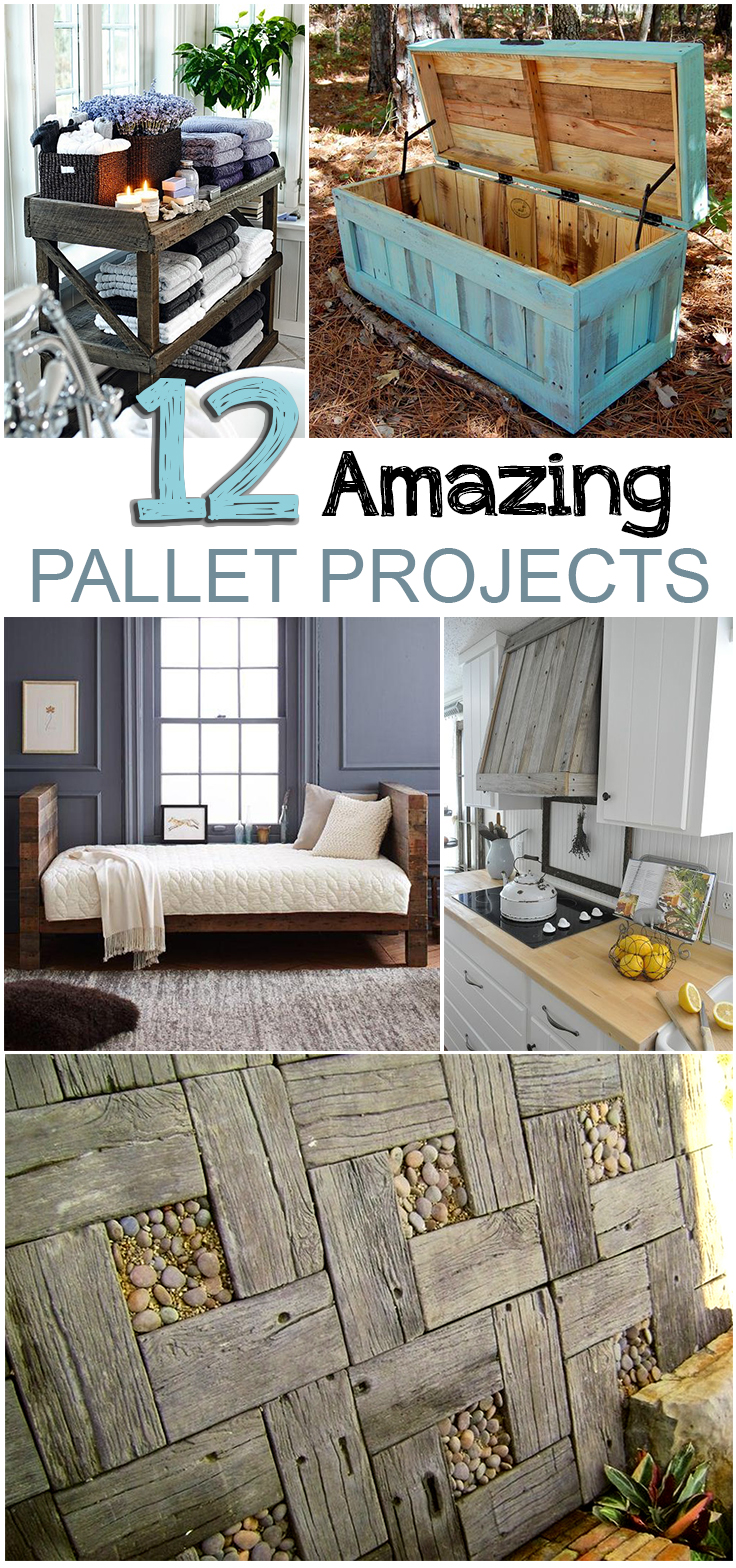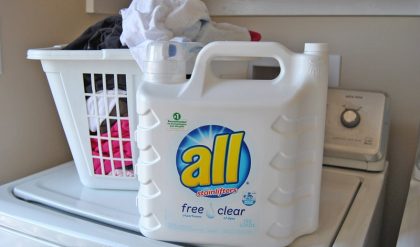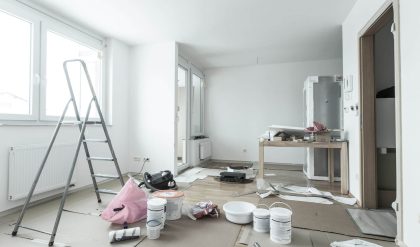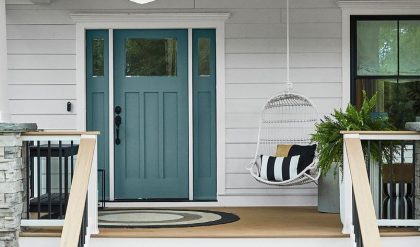
Transform Your Home: 7 Easy DIY Projects for a Weekend Refresh
Feeling the blahs? Your home might be telling you the same thing. A weekend refresh can revitalize your living space and your spirit. Forget expensive renovations; these seven easy DIY projects require minimal tools, time, and budget, promising maximum impact. Let’s dive into turning your “meh” into “magnifique”!
1. The Power of Paint: A Feature Wall Makeover
A fresh coat of paint is the ultimate chameleon. Choosing a bold accent wall can instantly transform a room’s personality. Think calming sage green in the bedroom, energetic sunshine yellow in the kitchen, or sophisticated charcoal grey in the living room. Preparation is key: clean the wall thoroughly, apply painter’s tape for crisp lines, and use a quality brush or roller for a smooth finish. Don’t be afraid to experiment!
2. Upcycled Magic: Repurposing Old Furniture
That forgotten dresser languishing in the garage? It’s not trash, it’s treasure waiting to be unearthed! Sanding down the surface and applying a fresh coat of paint (or even wallpaper!) can give it a completely new life. Add new knobs for an extra touch of personality. Consider adding stencils for a unique pattern or embracing the shabby chic look with a distressed finish. Transforming old furniture offers immense satisfaction and a unique, sustainable touch to your decor.
3. Textile Therapy: Pillow Power & Throw Blanket Bliss
Soft furnishings are the secret weapon of instant home transformation. New throw pillows and blankets can inject color, texture, and warmth into any room. Experiment with different fabrics, patterns, and colors to find the perfect combination. Mixing textures (like velvet and linen) creates visual interest, while coordinating colors creates a cohesive look.
4. Lighting Upgrades: The Mood Maestro
Lighting drastically affects the ambiance of a room. Swap out outdated light fixtures for something more stylish and modern. Consider installing dimmer switches to control the mood. Strategically placed lamps can create cozy reading nooks or highlight architectural features. Even a simple change of lampshades can make a surprising difference.
5. Gallery Wall Grandeur: Showcase Your Style
A gallery wall is a fantastic way to personalize your space and showcase your personality. Gather your favorite photos, artwork, and prints and arrange them on the floor before hanging. Experiment with different frame styles and sizes for visual interest. Remember to use a level to ensure your gallery wall is perfectly aligned.
6. Plant Power: Greenery’s Goodness
Introduce life and vibrancy into your home with indoor plants. Not only do they add visual appeal, but they also improve air quality. Choose plants that thrive in your home’s lighting conditions. Potted plants can be placed on shelves, tables, or windowsills, adding a touch of nature to every corner.
7. DIY Decor: Personalized Touches
Add a personal touch with DIY decor. Create unique artwork using repurposed materials, paint simple canvases, or craft decorative items from natural materials. The possibilities are endless!
| Project | Time Commitment | Difficulty | Cost | Impact |
|---|---|---|---|---|
| Feature Wall Paint | 2-4 hours | Easy | $20 – $50 | High |
| Furniture Upcycle | 4-8 hours | Medium | $10 – $30 | High |
| Textile Refresh | 1-2 hours | Easy | $20 – $50 | Medium |
| Lighting Upgrade | 1-3 hours | Medium | $30 – $100 | Medium to High |
| Gallery Wall | 2-4 hours | Easy | $20 – $100 | Medium |
| Plant Introduction | 1 hour | Easy | $10 – $30 | Medium |
| DIY Decor | Varies | Varies | Varies | Varies |
Remember, these are just starting points. Let your creativity flow and personalize these projects to reflect your unique style. A weekend well spent transforming your home will leave you feeling refreshed, renewed, and ready to embrace the week ahead.

Additional Information
Transform Your Home: A Deeper Dive into Weekend DIY Projects
The appeal of a weekend home refresh is undeniable. The promise of a revitalized living space with minimal time investment attracts many homeowners. However, simply listing seven DIY projects lacks the depth needed for informed decision-making. This analysis will delve into the practicality, cost-effectiveness, and potential pitfalls of common weekend DIY projects, providing homeowners with a more comprehensive understanding before embarking on their renovation endeavors.
Beyond the “Easy” Label: A Critical Examination of Project Feasibility:
The term “easy” is subjective and highly dependent on individual skill levels and experience. While many projects advertise ease, factors like project complexity, material sourcing, and tool requirements often go unmentioned. For instance, a seemingly simple “paint a room” project can quickly become overwhelming if the existing paint requires extensive preparation (e.g., scraping, priming on heavily textured walls). A more accurate assessment would involve a tiered system categorizing projects based on:
- Skill Level: Beginner (requires minimal prior experience), Intermediate (some experience and tool familiarity needed), Advanced (requires significant expertise and potentially specialized tools).
- Time Commitment: Realistic timeframes should factor in unforeseen delays, material drying times, and potential clean-up. A “weekend” project might realistically span two weekends for those lacking experience.
- Cost Analysis: Material costs, tool rentals (if applicable), and potential for mistakes resulting in additional material purchases should be factored into a realistic budget. Statistics show that DIY projects often exceed initial budget estimates by 20-30% due to unforeseen complexities. (Source: [Cite a relevant survey or study on DIY project cost overruns]).
Analyzing Specific Project Types and Their Implications:
Let’s analyze a few potential “7 Easy DIY Projects” and highlight potential complexities:
-
Painting a Room: While seemingly straightforward, this project necessitates proper surface preparation (cleaning, patching, sanding, priming), choosing appropriate paint type (e.g., eggshell vs. satin), and employing correct painting techniques to avoid brushstrokes and ensure even coverage. Poor preparation can result in uneven finishes and require repainting, negating cost savings.
-
Updating Cabinet Hardware: This appears simple, but it requires accurate measurements to ensure proper fit and functionality. Choosing the wrong hardware can compromise drawer operation and overall aesthetic. Furthermore, removing old hardware can sometimes damage the cabinets, necessitating repairs.
-
Adding Throw Pillows and Blankets: This is arguably the easiest project. However, effective styling requires an understanding of color theory, texture combinations, and overall room design principles to ensure a cohesive and visually appealing outcome. Simply adding throw pillows without consideration for the existing décor can result in a cluttered and uninviting space.
Risk Mitigation and Value Enhancement:
To maximize the return on investment (both time and monetary) of a weekend DIY project, consider these factors:
- Prioritize Projects with High Impact: Focus on projects that deliver significant visual changes with minimal effort. For example, replacing outdated light fixtures can dramatically alter a room’s ambiance.
- Start Small: Beginners should choose simpler projects to build confidence and avoid frustration. Mastering small-scale projects before tackling larger ones is crucial.
- Plan Thoroughly: Detailed planning, including material lists, tool acquisition, and step-by-step instructions, is essential for success. Visual aids like videos and tutorials can be invaluable.
- Embrace Imperfection: DIY projects rarely turn out perfectly. Aim for improvement, not perfection. Minor imperfections are often easily rectified and shouldn’t detract from the overall accomplishment.
By conducting a thorough analysis of project feasibility and implementing effective planning strategies, homeowners can significantly enhance the likelihood of successful weekend DIY projects, transforming their homes while minimizing potential setbacks. The focus should shift from the simplistic “7 Easy Projects” approach towards a more nuanced, skill-level adjusted, and realistically budgeted planning process.






